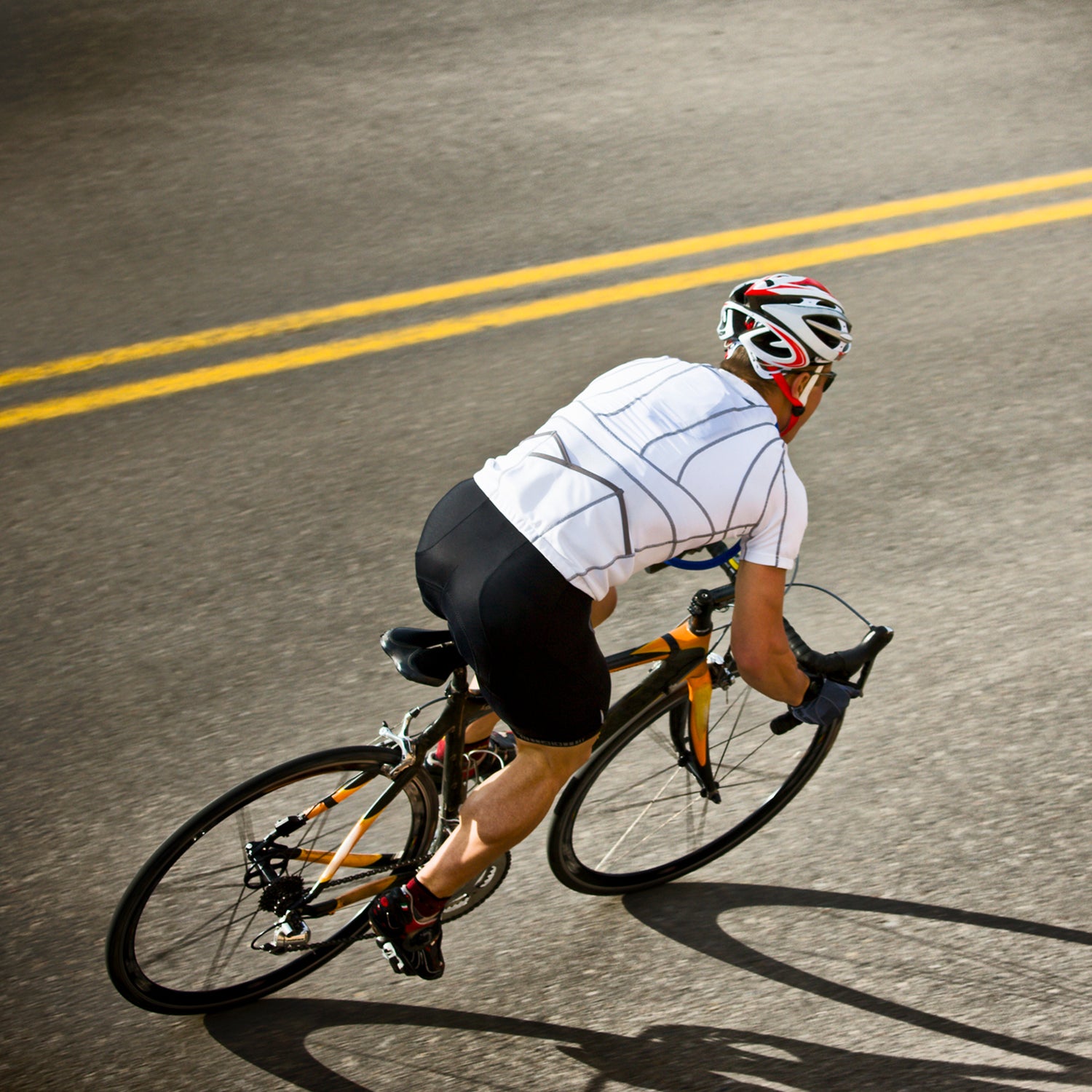For many years now, the so called “roadie” has come to symbolize everything that’s wrong with cycling. The singular focus on speed; the untenable ass-in-the-air position; the clothes that look so ridiculous out of context (and sometimes in context); the inability to carry absolutely anything larger than a . All of these things run counter to the spirit of inclusiveness and practicality that cycling is now
Throw in a little doping and some and it’s no surprise insufferable pundits have been declaring road cycling dead for years now.
As a recovering roadie and simple equipment enthusiast, I too have long taken it for granted that roadies have been ruining cycling and ruining bikes. Just because wider tires are in style doesn’t mean that the ethos of road riding is suddenly about comfort, convenience, and compatibility. If anything road bikes are more proprietary and less accessible than they’ve ever been: frame “modules” with dedicated stems and seatposts; internally routed brake hoses; dainty fittings that strip if you so much as breathe on them without a torque wrench. And as component makers gradually eliminate the option of mechanical shifting from the top down, we’re quickly reaching the point where you won’t be able to adjust your drivetrain without an app, and you’ll simply download your upgrades rather than purchase them at a bike shop. (“Unlock 15-speed shifting now for only $19.95 per month!”)
But I started commuting regularly again after a long break. I saw extent to which motorized contraptions have taken over the bike lanes, and my attitude started to change. Sure, the plastic blobs with remote control shifters we persist in calling road bikes may seem far removed from the metal bikes with metal cables I cherish so much—but at least the roadies are still on human-powered bikes. For everyone else, pedaling has become a formality, and in turn more and more people seem to be abandoning the bike entirely in favor of various forms of “micromobility,” which is the word we use to pretend this miscellany of e-scooters and e-motorcycles and e-skateboards and e-shoes (oh, , just you wait) makes any kind of sense.
Now, to be clear, I begrudge nobody their preferred form of transport, whether it be a 19th century pennyfarthing or a 21st century electric unicycle. It’s just that I happen to be a cyclist, and as such I have a vested interest in the continued existence of the traditional bicycle, as well as the network of dedicated lanes, paths and trails that has developed around it. So when I’m riding through the bike lanes of the city with all these contraptions whizzing by me like I’m in some sort of Jetsons hellscape, the Pas Normal-clad broadie on his Cervélo who looks like he’d rather be in a wind tunnel than on the bike path seems positively quaint—and therefore endearing—in comparison.
Make no mistake: the motor is coming for your bike, and your children’s bikes. More municipalities are . The UCI sanctions an E-MTB World Cup. Specialized says their $3,800 Turbo Levo SL kids’ e-bike “unlocks next-level trail riding for our future riders,” something BMX bikes costing a fraction of that have managed to do for generations. Is any of that inherently bad? Of course not. There are good arguments for subsidize e-bikes, mountain biking is free to continue evolving into one giant monster truck rally for all I care, and if parents wants to drop nearly $4,000 so they don’t have to wait up for their kids on their rides then that’s their business. But while the dream may be that one more e-bike means one less car, in practice I suspect it’s one more e-bike means one less pedal bike, which in turn means more chaos in the bike lanes, and fewer bikes for us old bike enthusiasts when you get tired of it.
Article 1.3.007 of the UCI road, track and cyclocross rules state (at least for now) that “The bicycle is propelled by a system of pedals acting on a chain.” As such, racers and those who emulate them (that’s you, roadies) are rapidly becoming the only ones still left pedaling voluntarily. So while traditionalists and fans of the practical have long lamented the pernicious influence of racing on bicycle design and marketing, at this point it may be our only hope.


